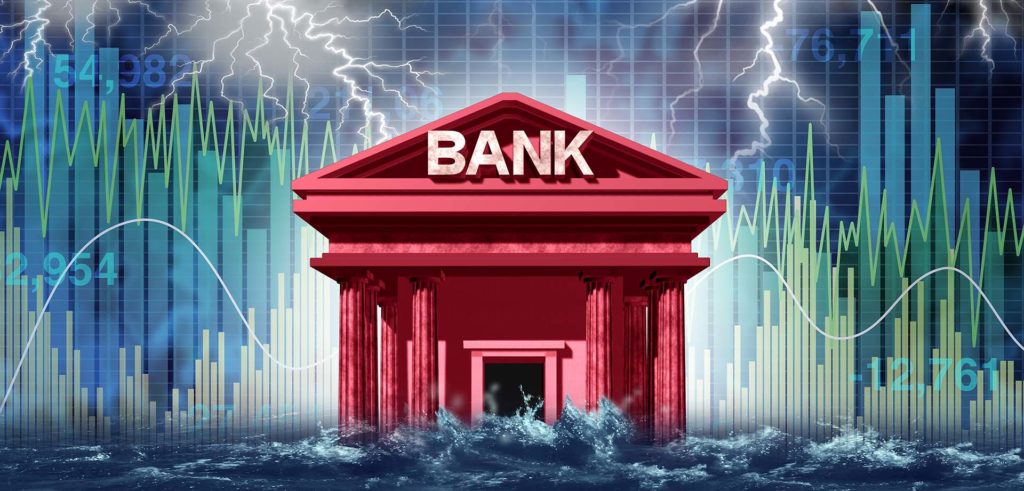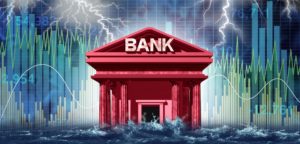
The bank run of Silicon Valley Bank introduced new uncertainty about the state of the economy, reminiscent of the Great Recession of 2008. In response, the Federal Reserve is expected to reconsider raising the Fed Funds Rate by their previously expected 50 basis points.
What Happened with SVB
Silicon Valley Bank’s depositors mostly consisted of large tech companies, most of which had accounts that well exceeded the Federal Deposit Insurance Corporations $250,000 insurance limit. At the end of last year, SVB had over $150 billion in uninsured deposits. This is a huge risk.
When SVB announced that they would need to raise money and sell some of their securities at a loss, the bank’s depositor’s reacted fearfully and began withdrawing large sums of money from the bank at a rapid pace. The bank couldn’t raise enough cash to cover the withdrawals, so regulators had to intervene and shut the bank down.
The Fed’s Reaction
Fed Chairman Jerome Powell has to balance the financial sector in one hand and inflation in the other. While raising rates is necessary to fight inflation, its putting a strain on banks to remain solvent. With cracks in the financial sector seeming to appear with the collapse of Silicon Valley Bank and others, The Fed is expected to change its course from the upcoming, expected 50 basis point rate hike. Economists are predicting that, instead, a 25 basis point increase is more likely.
How This Is Good For Rates
There is a strong correlation between the Fed Funds Rate and mortgage interest rates. Markets are forward looking and had already began pricing in a 50 basis point Fed rate hike. As a result of the expected move, mortgage interest rates have recently been trending up. With the lowered expectation of just a 25 basis point Fed rate increase, it is expected that, at least in the short-term, mortgage interest rates will come down as well.


